I'm pretty stumped here.
I have 2 tables and I'm left joining the first (around 500k records) with the second (around 2.2 million records) in order to find out which records are in the first and not the second. (typical "b.attribute is null" nonsense)
Why (how) is it that an index is utilized on the first table? It's going to have to go through EVERY record in the first table anyway, and yet when I try to do this join without any index (or primary key.. none needed because this is all just ETL) on the first table, it crawls.
using innodb, by the way.
Help?
EDIT : the 2nd table is indexed. The first wasn't.
